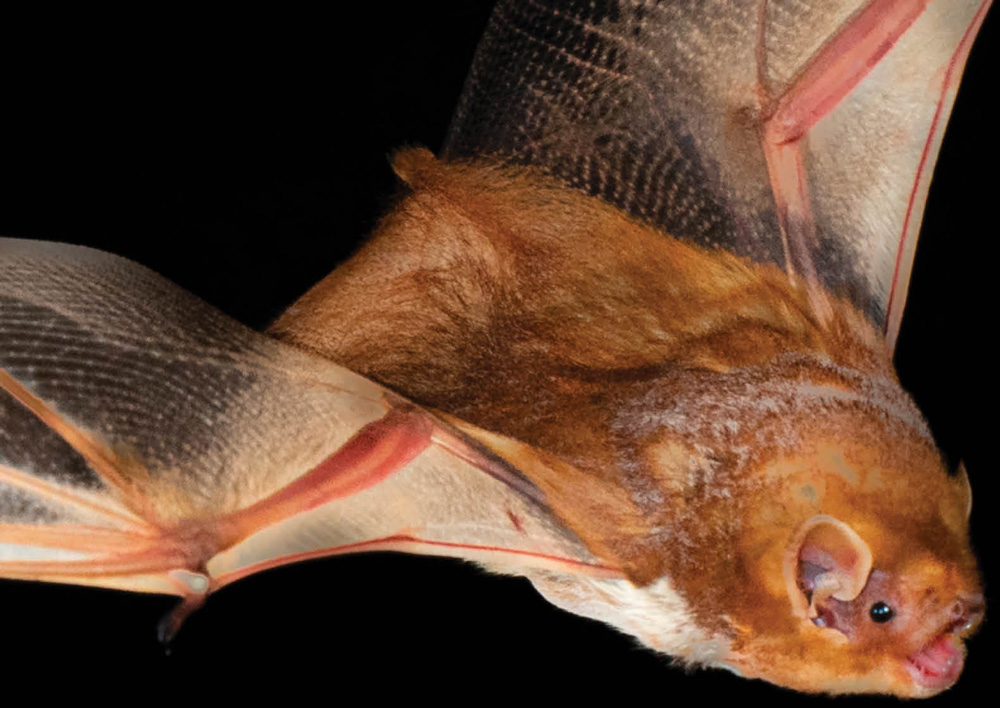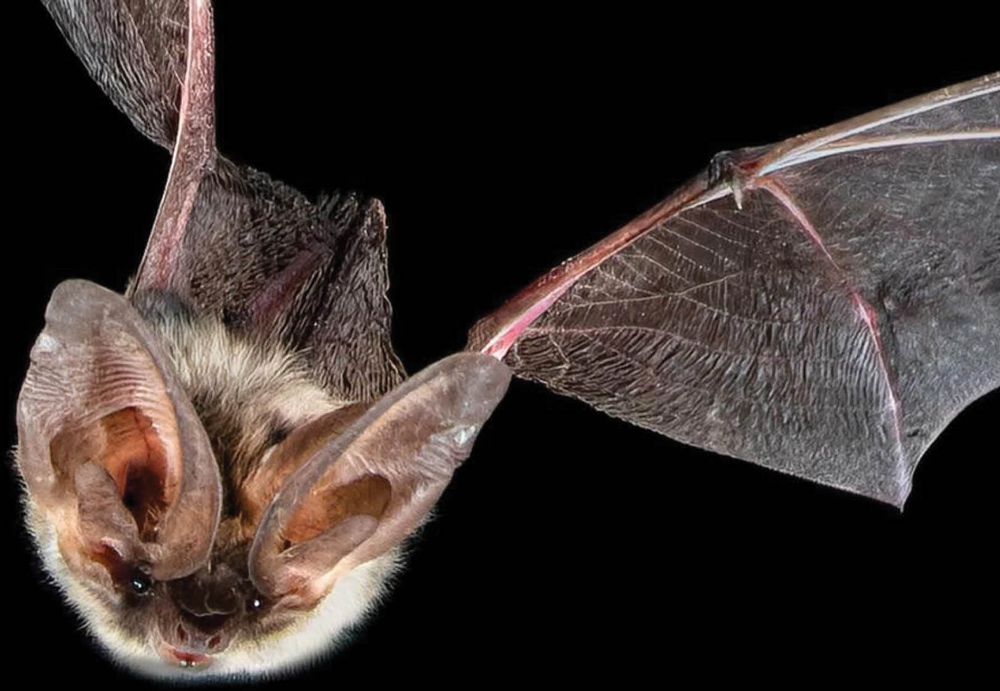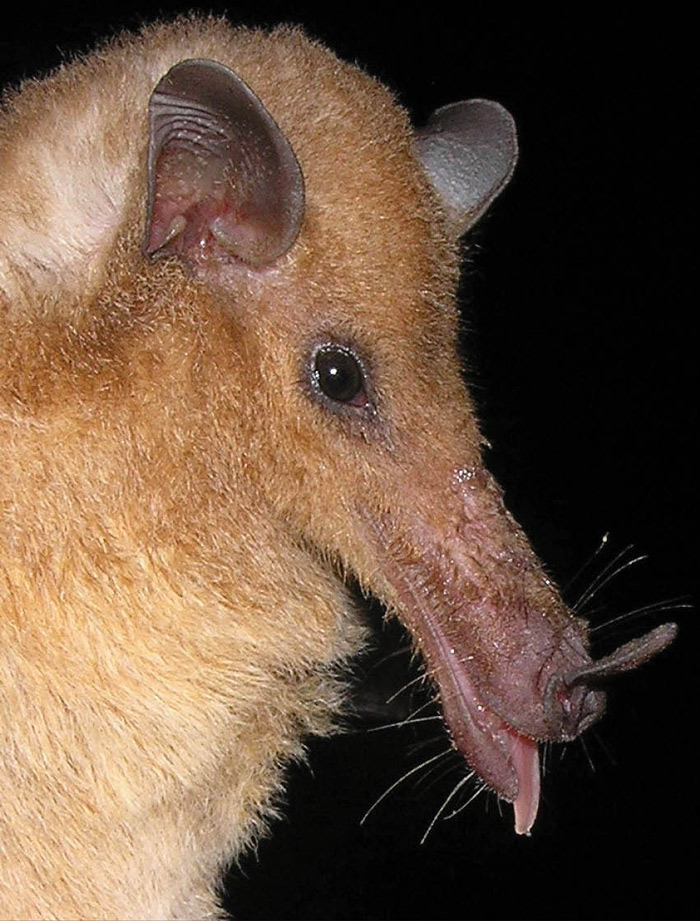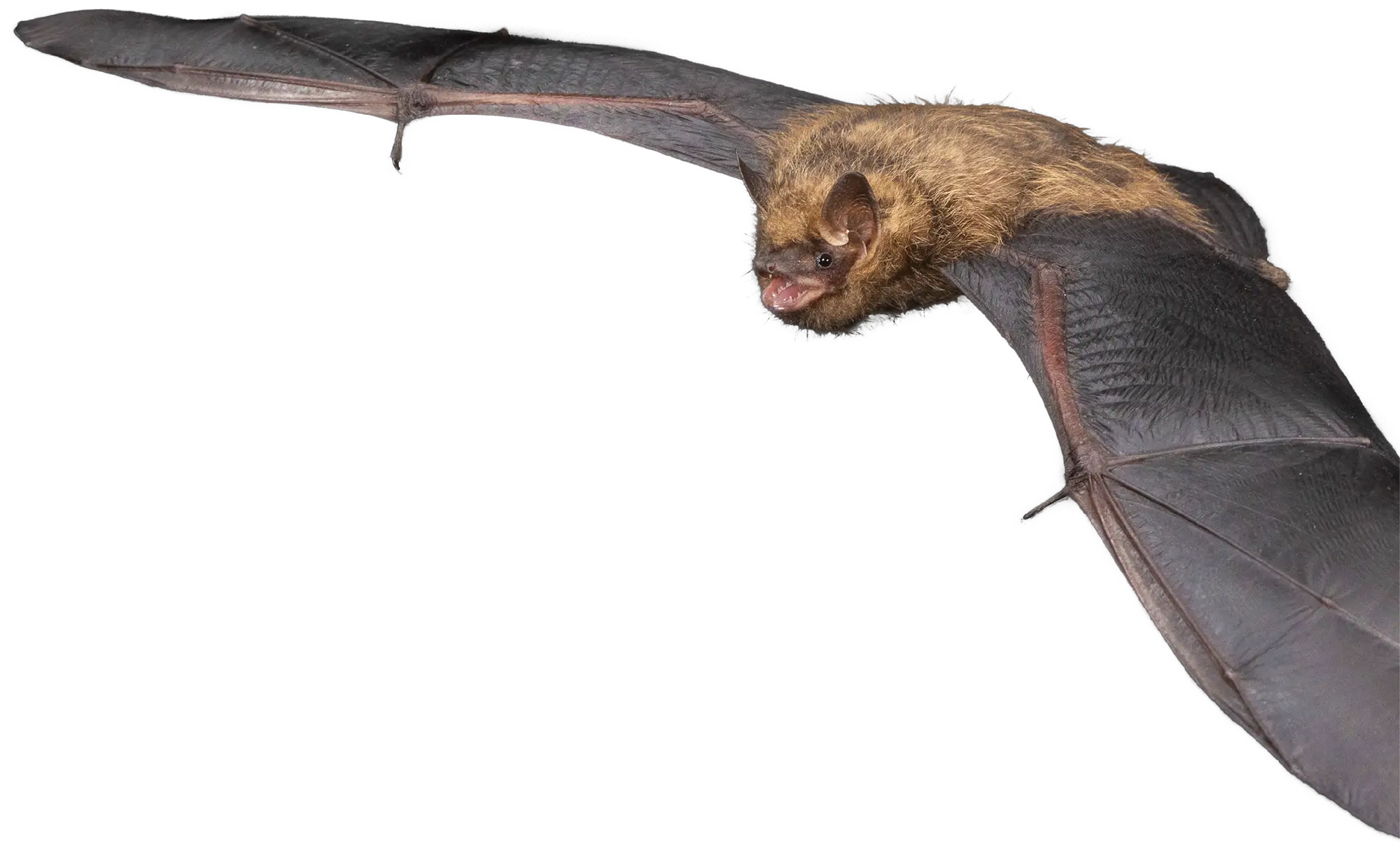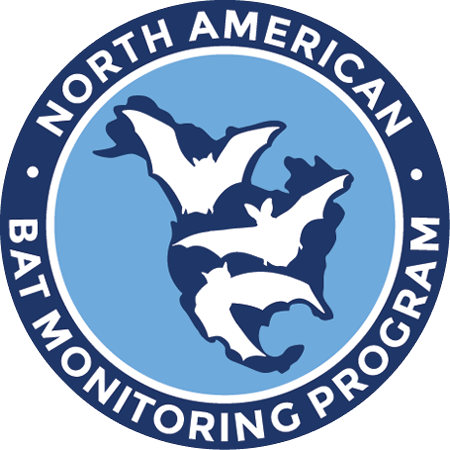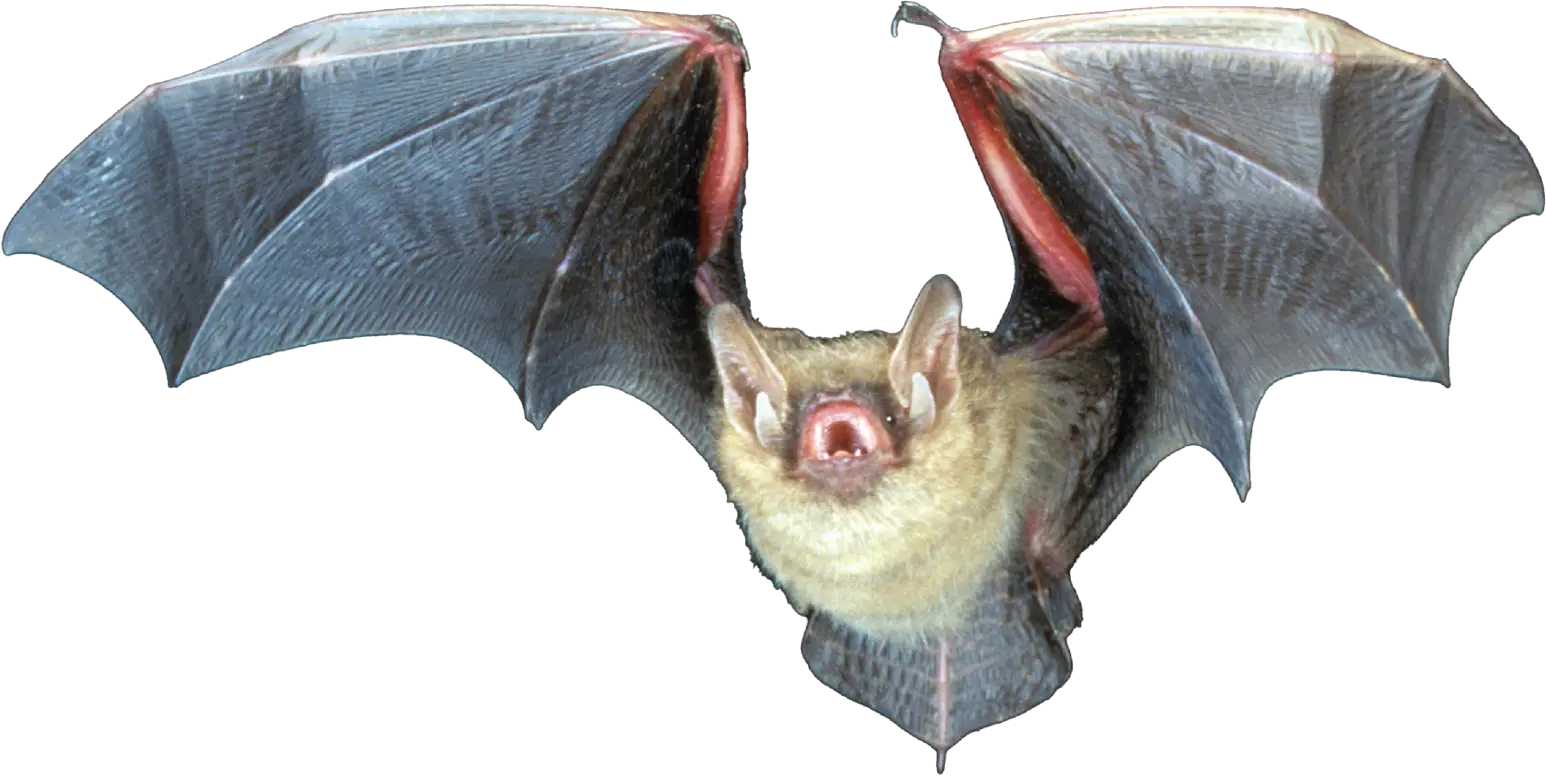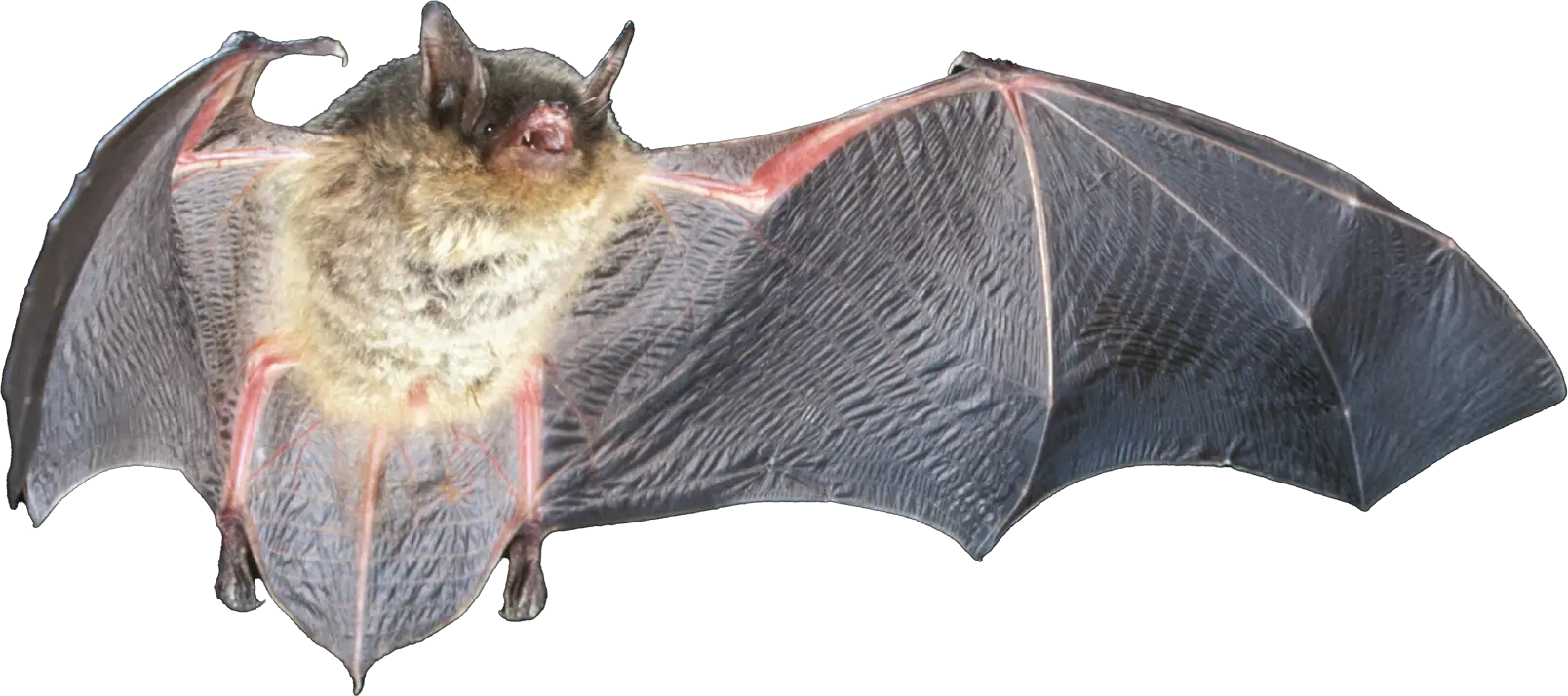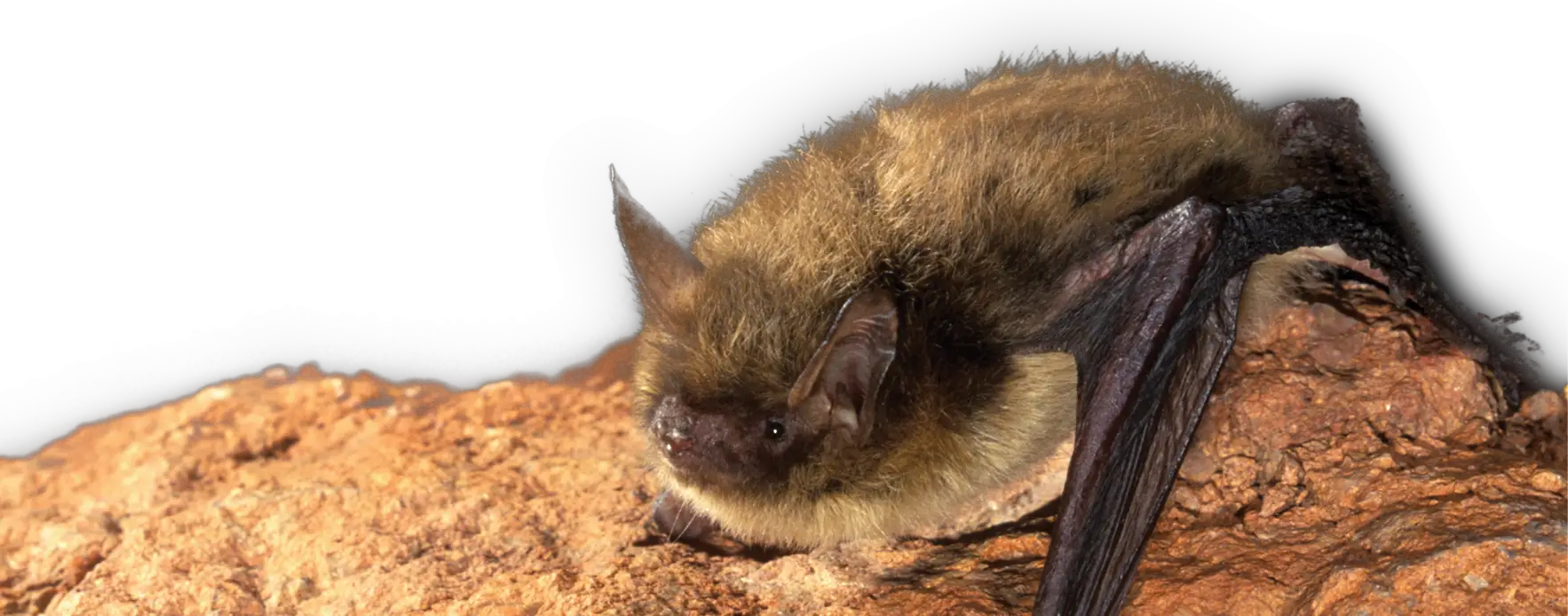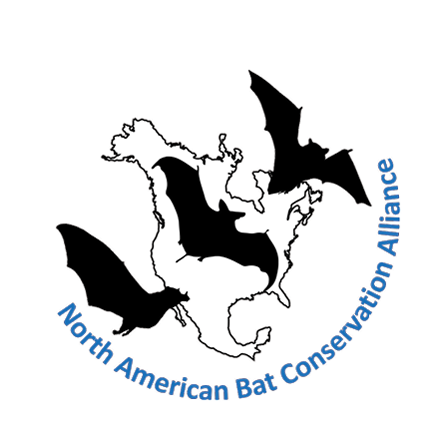
Bats are Beneficial
Bats Face Many Threats
Extinction Risk is Rising
Bats Depend on Us
Experts Estimate
Extinction Risk of Bats

Extinction Risk


North America’s bats are diverse. By working together, we can ensure their survival.
Conservation relies on identifying threats and determining the status of each bat species. Knowing the state of North America’s bats informs how we prioritize and design conservation actions. Legal protection, local action, research attention, public support, and cross-boundary collaboration all contribute to safeguarding our bats.
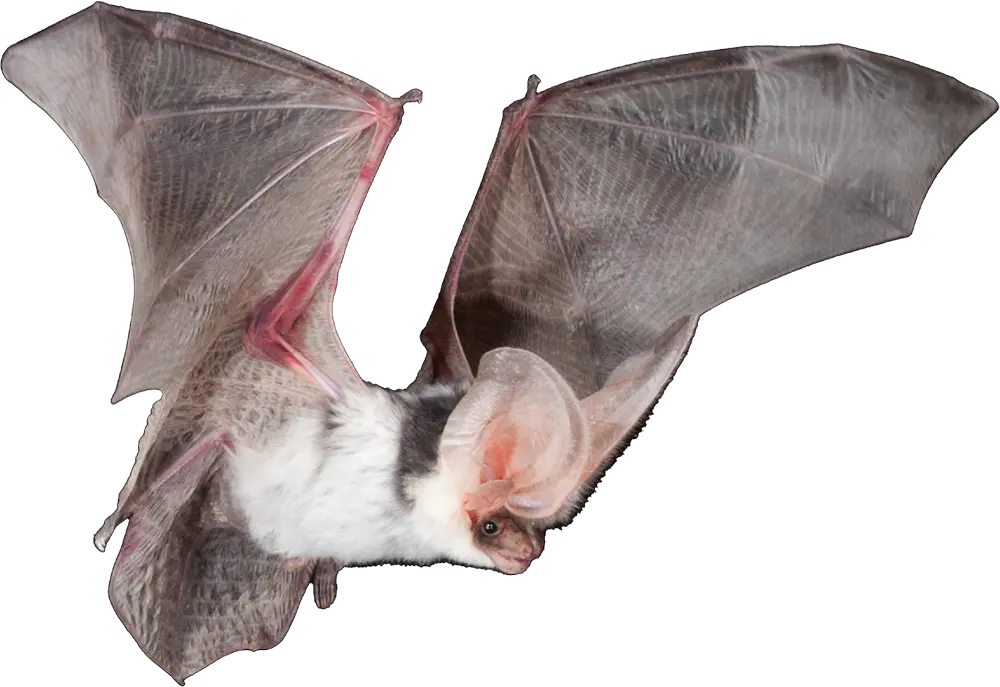
Lives in cliffs in western North America. Huge ears for hunting moths.
MEX Apparently Secure
Bruce D. Taubert
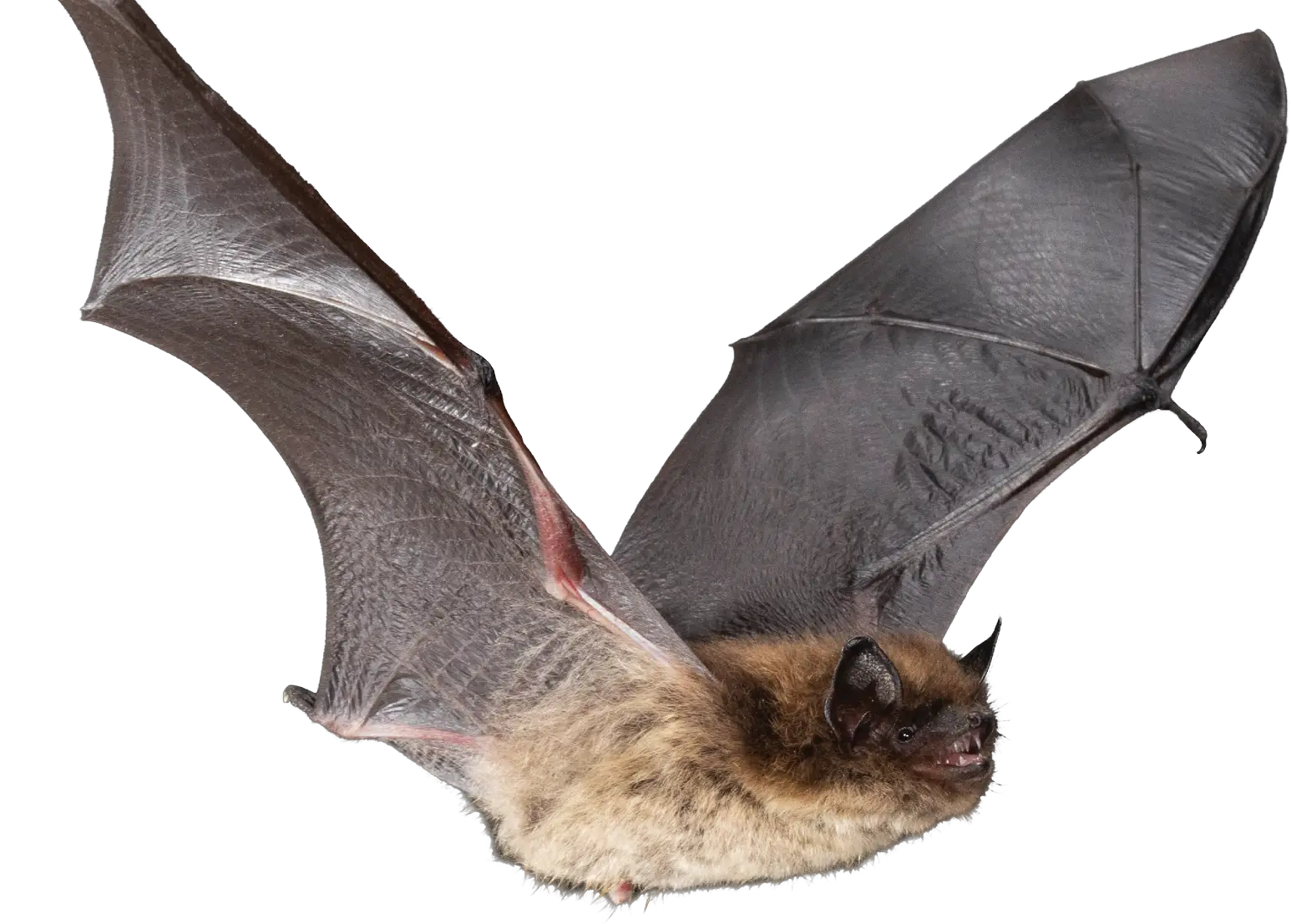
Endangered in Canada. Found coast-to-coast. Threatened by white-nose syndrome.
USA Imperiled
Charles M. Francis
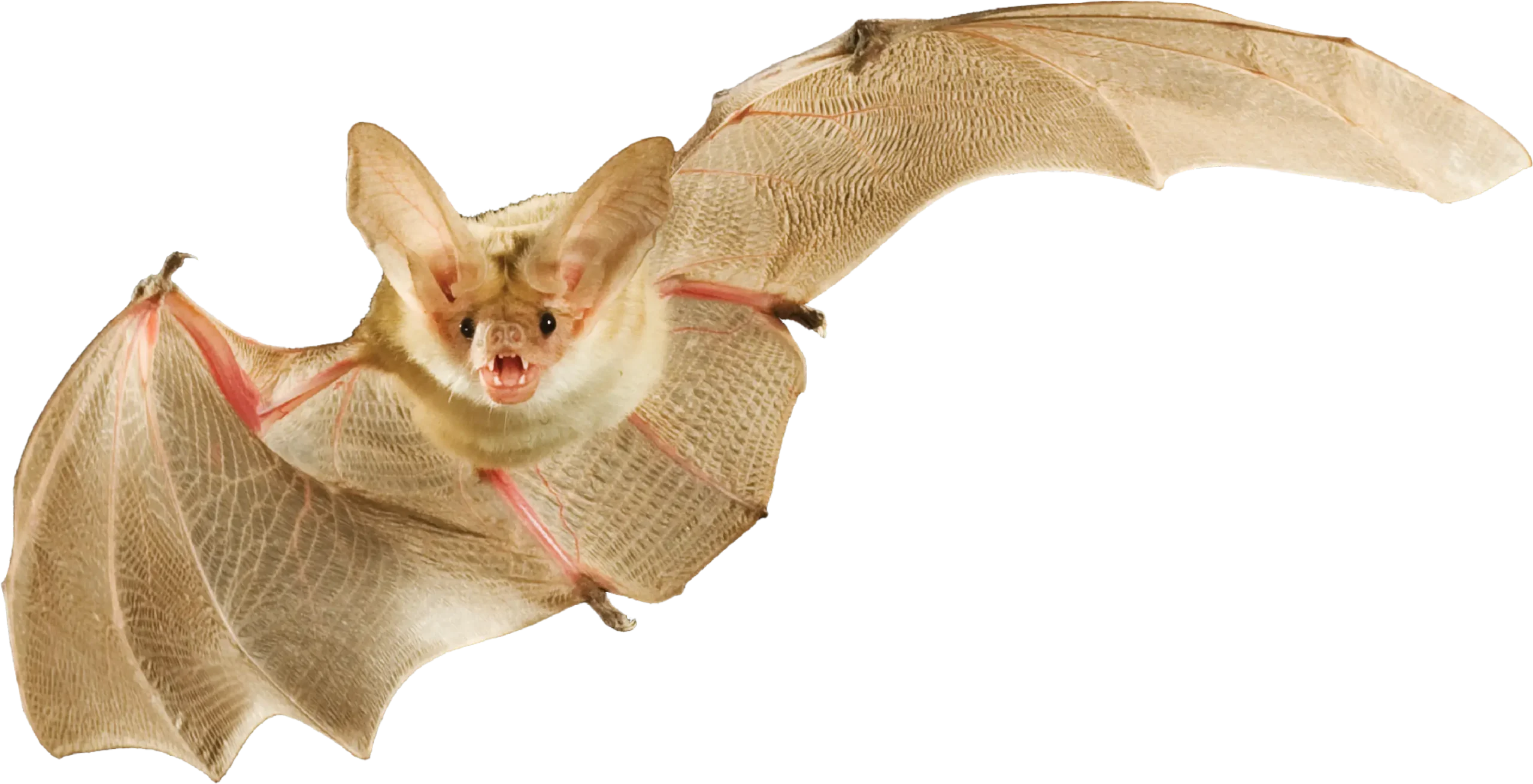
USA/MEX Apparently Secure
Michael Durham/Minden Pictures, Bat Conservation International
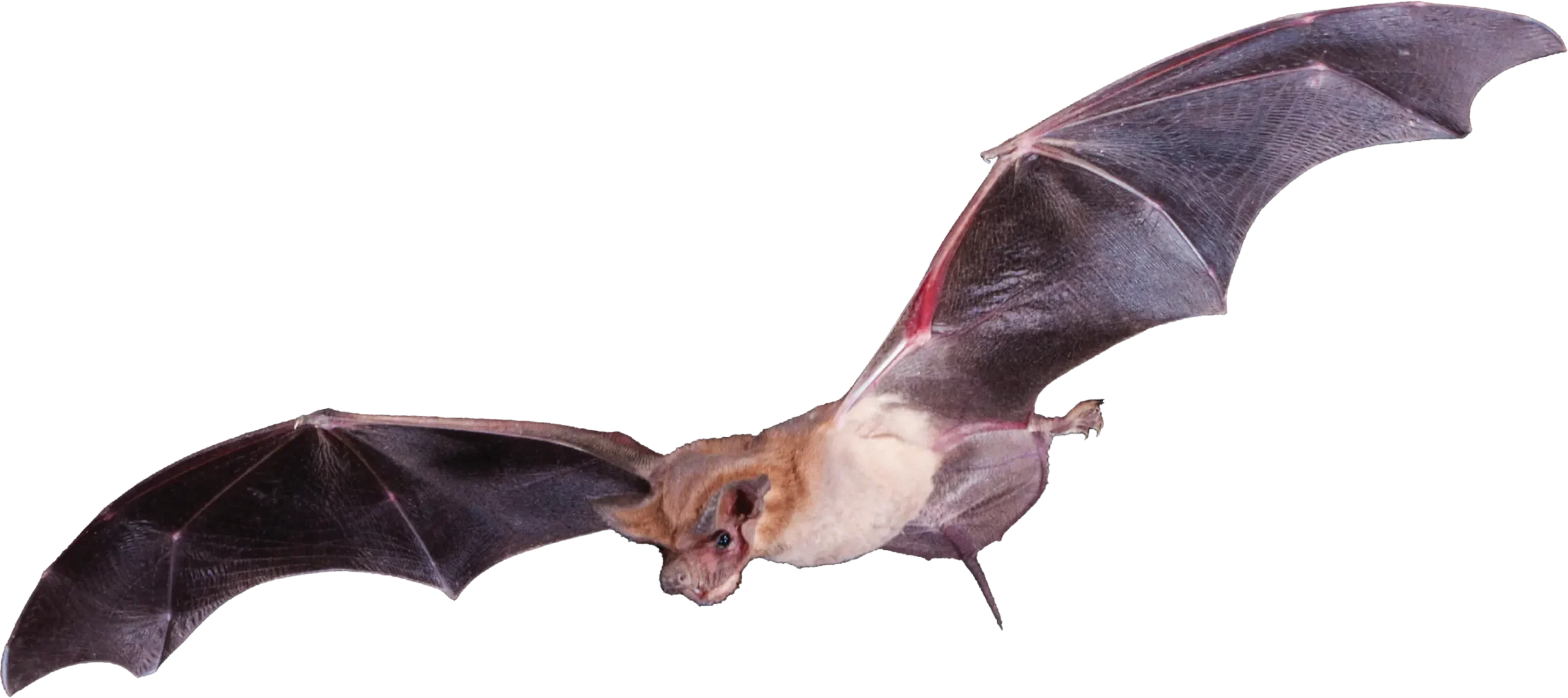
MEX Apparently Secure
Bruce D. Taubert

Marco Tschapka
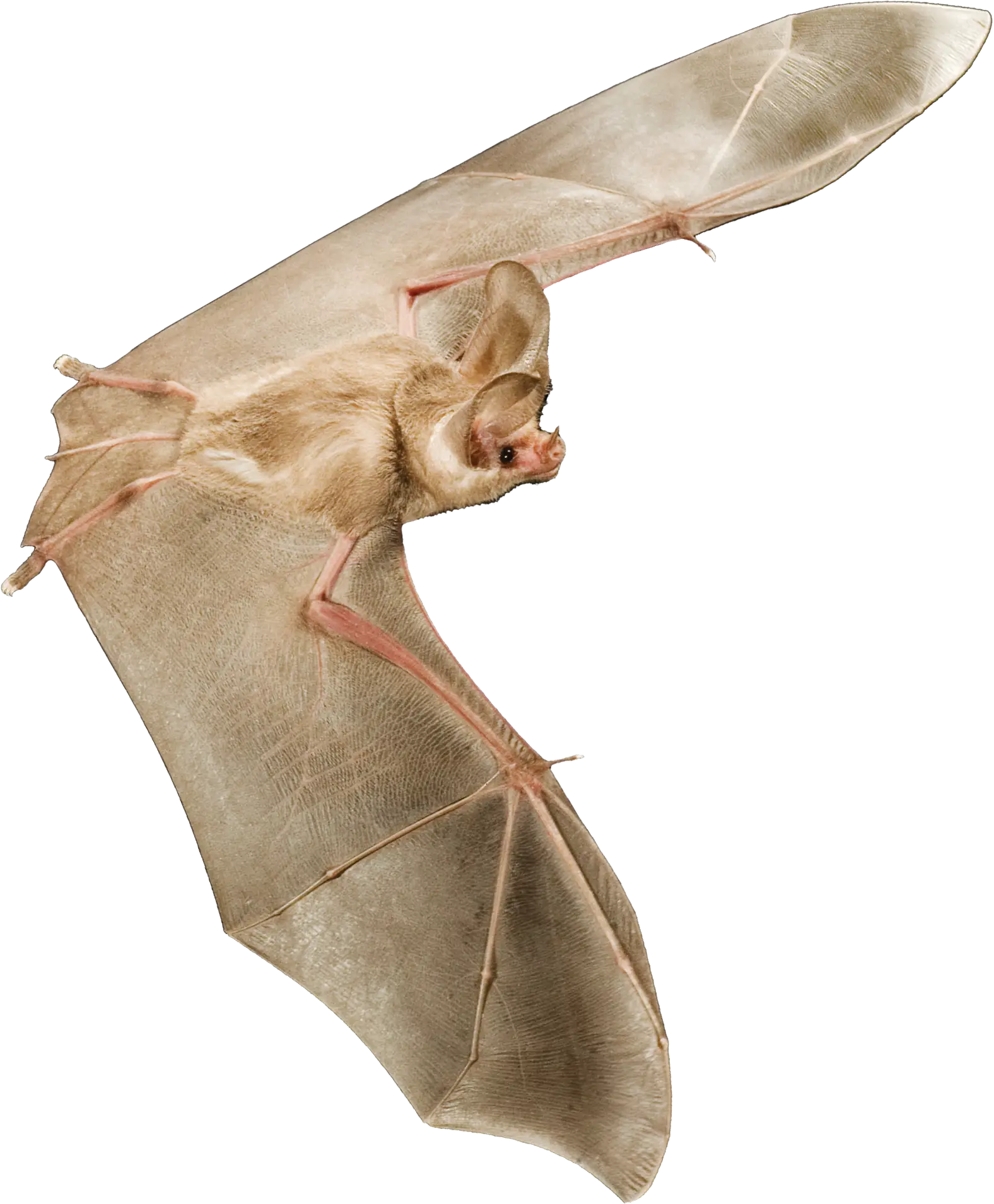
MEX Apparently Secure
Michael Durham/Minden Pictures, Bat Conservation International
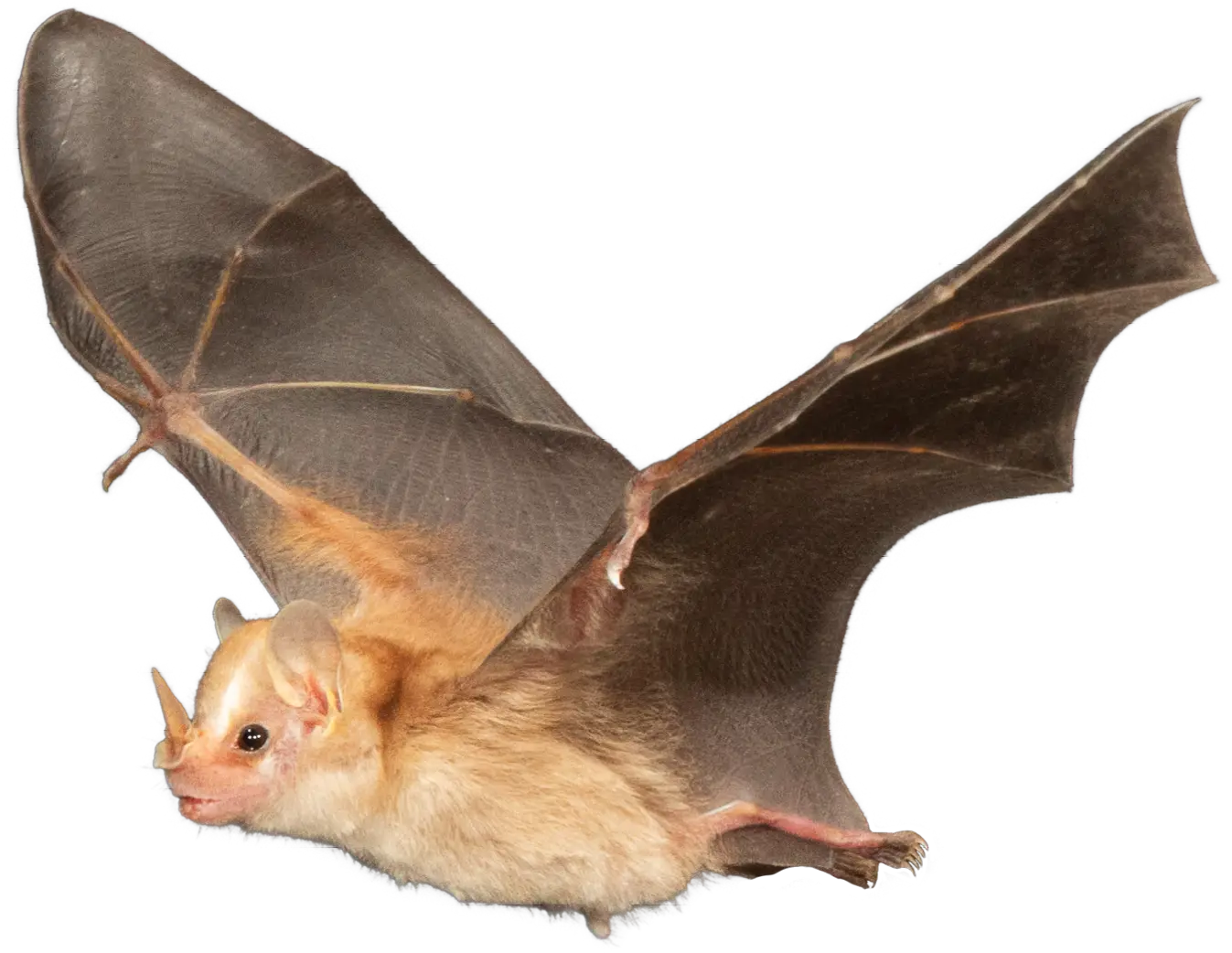
Charles M. Francis
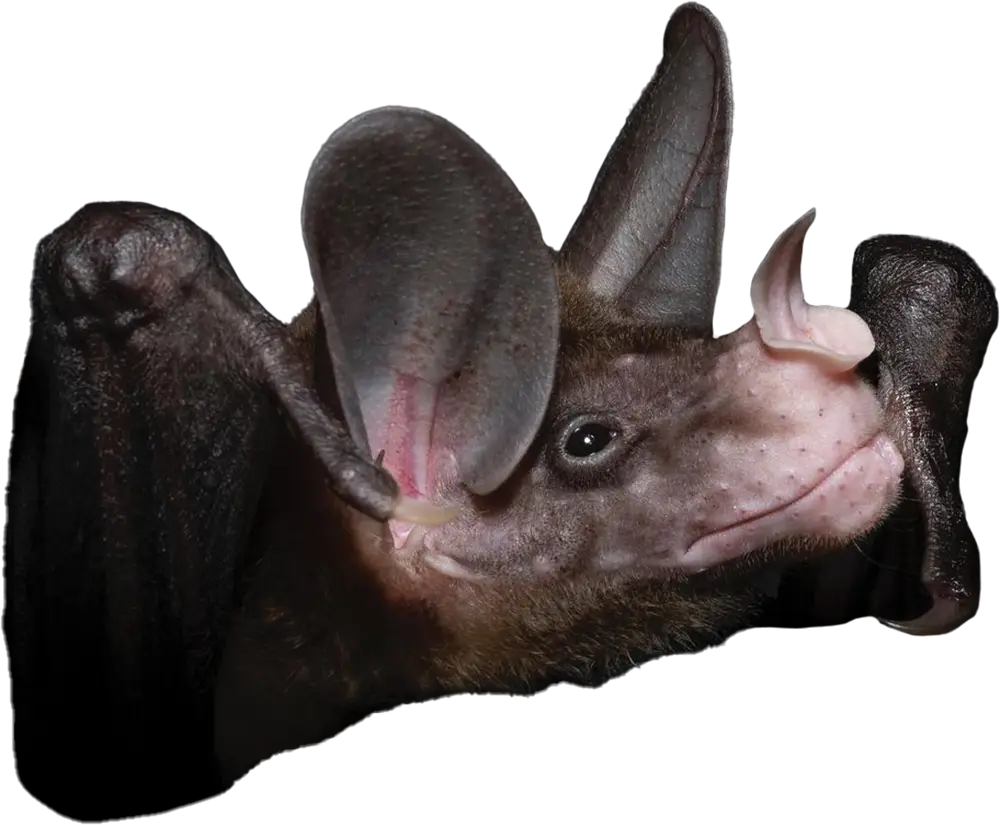
Price Sewell
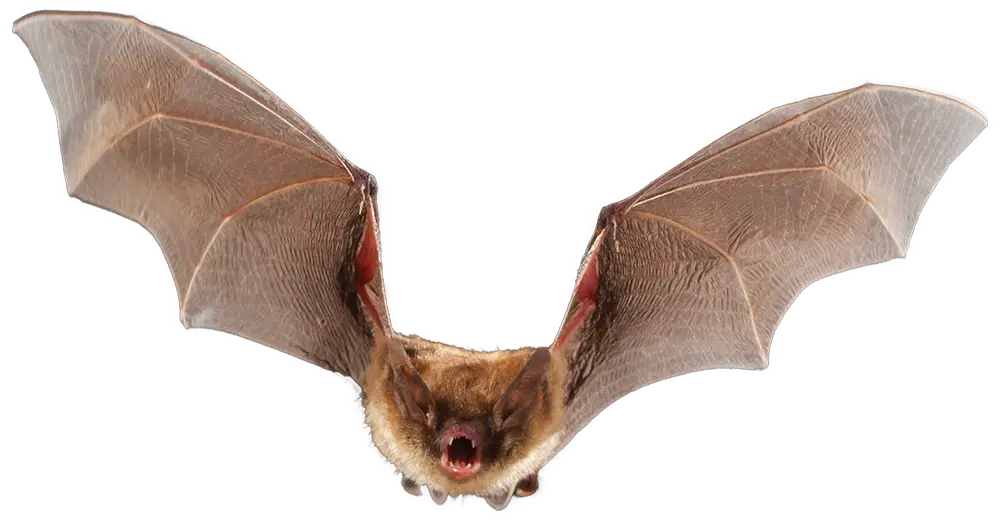
Michael Durham/ Minden Pictures
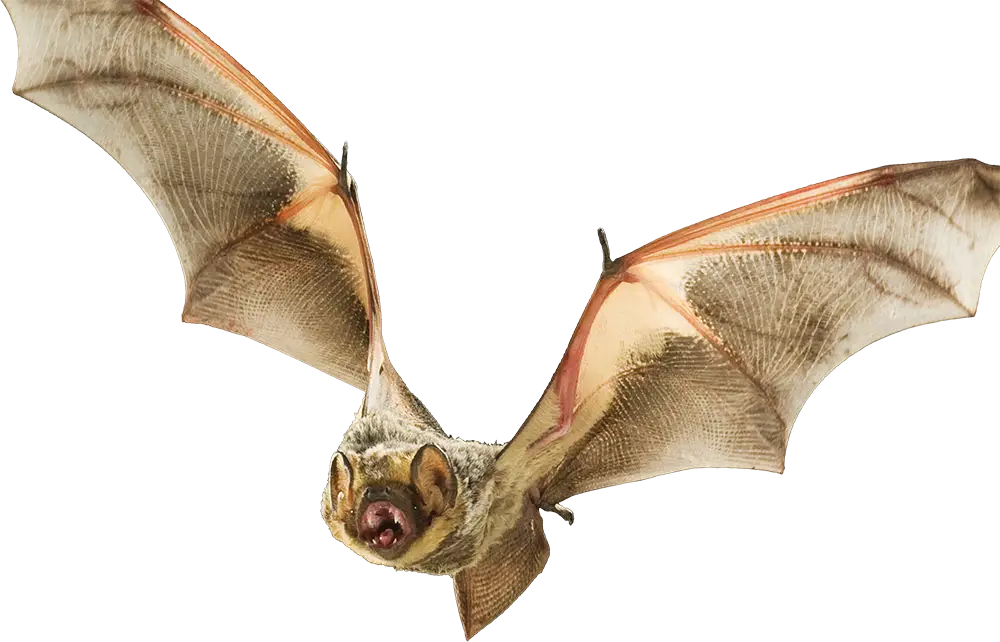
Michael Durham/ Minden Pictures

Charles M. Francis
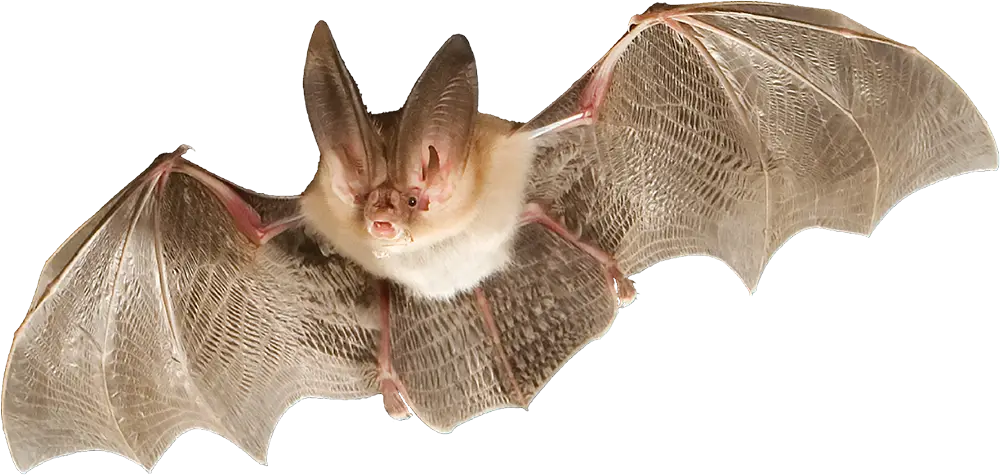
MEX Apparently Secure
Michael Durham/Minden Pictures, Bat Conservation International

Micaela Jemison, Bat Conservation International
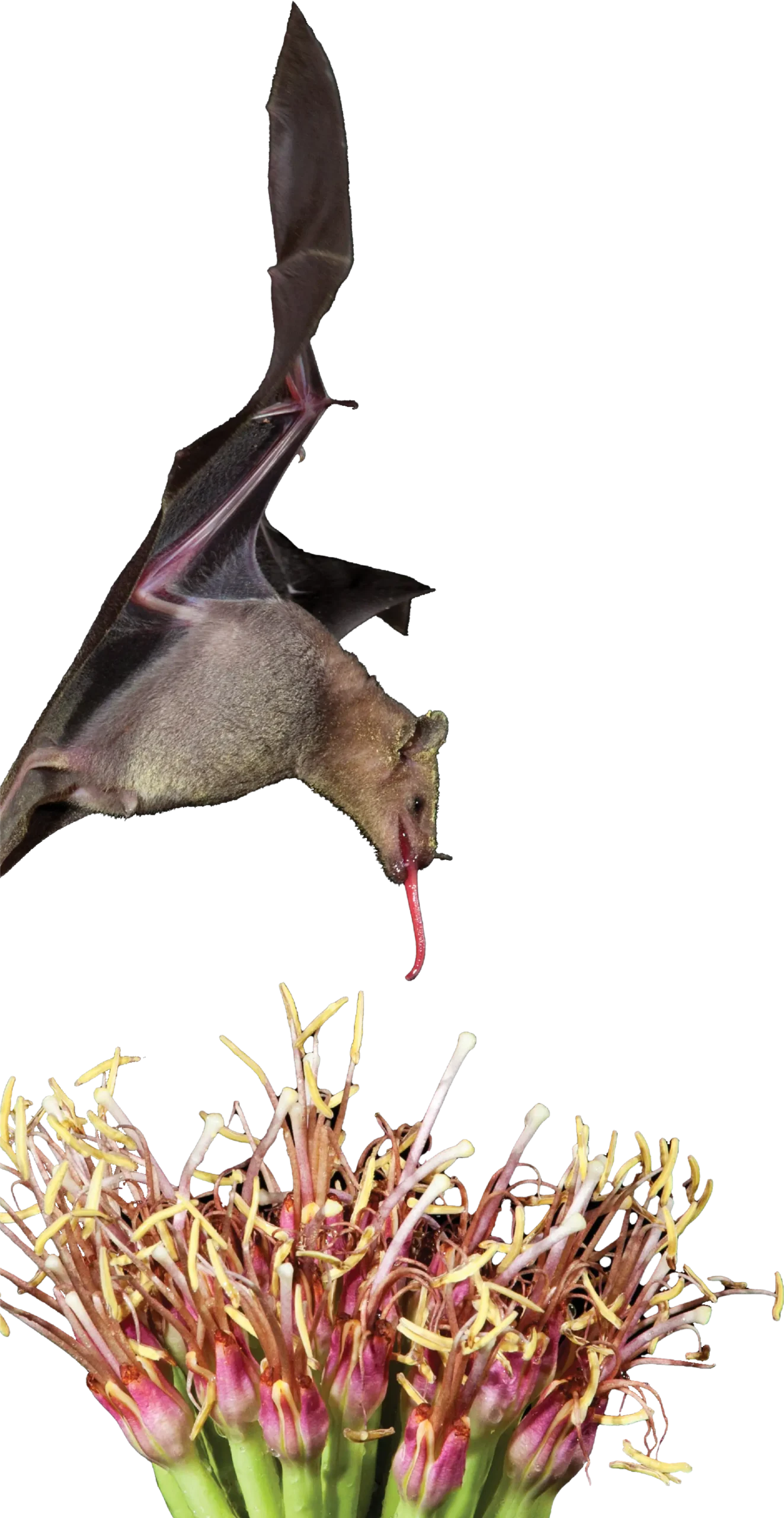
MEX Apparently Secure
Bruce D. Taubert

MEX Apparently Secure
Bruce D. Taubert

White-nose Syndrome


Threats to Bat Habitats
Climate Change


Energy Production
Conservation works best when people are empowered with data
→ nabatmonitoring.org
→ whitenosesyndrome.org
→ batconservationalliance.org
→ gob.mx/conabio
We Need Bats

Ecotourism
Scientific advancements
Agricultural pest control
Pollination
Seed Dispersal
Healthy forests
We Need Bats


Ecotourism
Scientific advancements
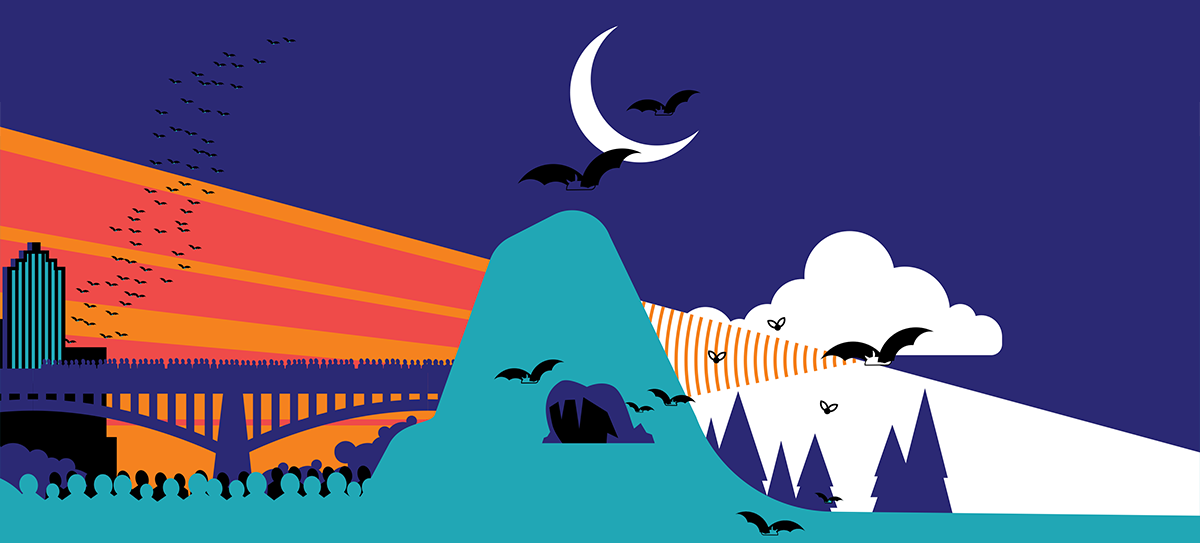
Agricultural pest control
Pollination

Seed Dispersal
Healthy forests
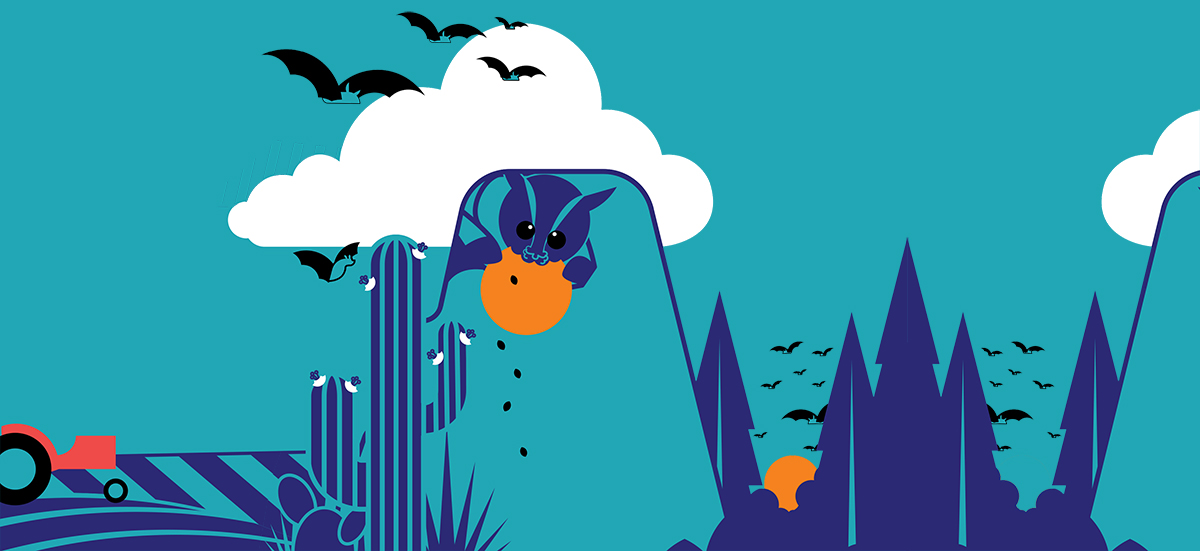
Bats Need Us

Everyone has a role to play. Being a bat enthusiast builds support for wildlife conservation and the policies and actions that protect our natural world for a better future. Bats do a lot for us, let’s make a difference for them.
What You Can Do For Bats

Create and protect bat habitats in your own backyard
- Protect old trees as nature’s bat houses
- Trim trees in fall and spring to avoid harming bat pups
- Create a bat-friendly garden by planting native species and reducing pesticides
- Create water sources for wildlife, especially in arid habitats
- Keep cats indoors
- Use reputable wildlife experts to safely evict and exclude bats from buildings
Explore nature responsibly
- Avoid disturbing bats during hibernation or when they have pups in summer
- Report bat observations to your wildlife agency
- Respect cave and mine closures and advisories
- Practice clean caving and climbing by decontaminating all gear
Choose climate-friendly and green options to help the planet, including bats…
- Reduce your energy use and carbon footprint
- Use sustainable forest products
- Buy organic and local
- Choose bat-friendly tequila
Speak up for bats
- Be a bat enthusiast on social media and with your friends and family
- Share with others the importance of bats and bat conservation
- Support conservation efforts and policies that protect nature and wildlife
- Become a bat biologist and work for bat conservation








